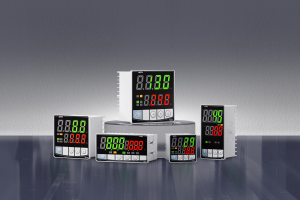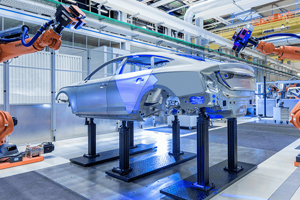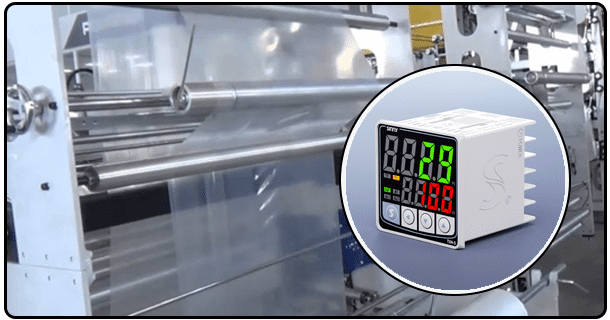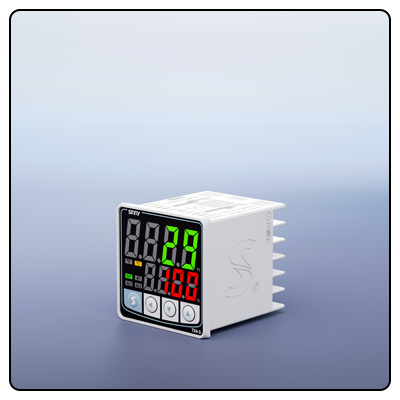PID Temperature Controller Guide: A comprehensive guide
1. Introduction
Basics on PID controllers
The PID controller is composed of three components: proportional, integral, and derivative. The components must work together to produce the desired result.
Proportional (P).This component is a response to the error that exists, which corresponds to the difference between setpoint temperature (desired) and process variable temperature (actual temperature). This term is used to adjust the output in proportion to the error.
Integer (I): This integral component takes into account past errors in the context of time. The integral component adds up the errors and then adjusts output in order to remove residual differences that cannot be resolved by the proportional terms.
Derived (D) The term is used to predict future errors by analyzing the change rate in the error. The derivative term provides stability by dampening changes that are rapid.
These components work together to provide precise temperature control. PID controllers are therefore indispensable for a wide range of applications.
2.The Components in a PID System for Temperature Control
The PID system is composed of several components which work together to produce optimal results.
PID controller unit: A core device which processes input signals to generate appropriate output actions.
Temperature sensors: Thermocouples and Resistance Temperature Detectors send feedback from the temperature to the controller.
Actuators The output of the controller is used to control devices such as heaters, valves or coolers.
Wiring and Power Supply: All components must operate smoothly.
Every component is vital to a responsive and efficient control system.
3.Setting Up a PID Controller for Temperature Control
The installation of a PID control involves a number of steps.
Hardware Configuration: Start by connecting the various components. Connect the PID control to the temperature sensors, actuators, and the power supply.
Setting up the controller: Enter the temperature setting and the parameter values for integral, proportional and derivative terms.
Actuator and Sensor Connections: Make sure that the sensor is placed accurately to determine the temperature of the area you are measuring. Configure the actuator properly to effectively implement the output of the controller.
4.The systematic method ensures optimal accuracy and functionality.
The PID Controller : Tuning it
The controller performance must be optimized through tuning. This involves tuning the P, D, I and C parameters in order to get the desired result.
Manual tuning: Ajust each parameter in small increments. Begin with the ratio term and then move on to the integral, derivative, and finally the derivative.
Auto Tuning: Most modern PID controllers have an automatic tuning feature which calculates the optimal parameters for you.
Troubleshooting Common problems include oscillations and slow responses. Parameter adjustments can help resolve these issues.
The PID controller will operate efficiently and at precise temperatures if it is tuned correctly.
5.Application of PID Temperature Control
The PID controllers have many applications and are used in many different domains.
Industrial Application: Chemical processing, food production and manufacturing industries rely heavily on PID control systems to maintain process stability and quality.
Domestic applications: PID controllers are used to precisely control temperature in HVAC systems, electric breweries, and other homebrewing equipment.
Lab Settings: Research, experimentation and maintaining temperature requirements often requires specific temperatures conditions. PID controllers are therefore invaluable for laboratories.
The wide adoption of PID systems and their reliability are demonstrated by these applications.
6.aTopics
Advanced users can customize and integrate PID controllers in many ways:
PID Control Adaptive: Systems that adapt parameters to process dynamics in real time, thereby improving efficiency.
Multi Zone Control: controllers are capable of managing multiple temperatures zones at once, making them ideal for complex systems.
IoT integration: As smart technologies become more prevalent, PID controllers are able to be integrated with IoT networks for remote monitoring and controlling.
The PID controller can now be used in a variety of ways.
Learn the fundamentals, how to set up, tune, and use PID controllers in temperature control. Explore advanced features and learn how to improve performance.
- A Comprehensive Guide for PID Temperature Controls with PT100 sensors
- Temperature Control Using Analog PID Controllers - Comprehensive Guide























